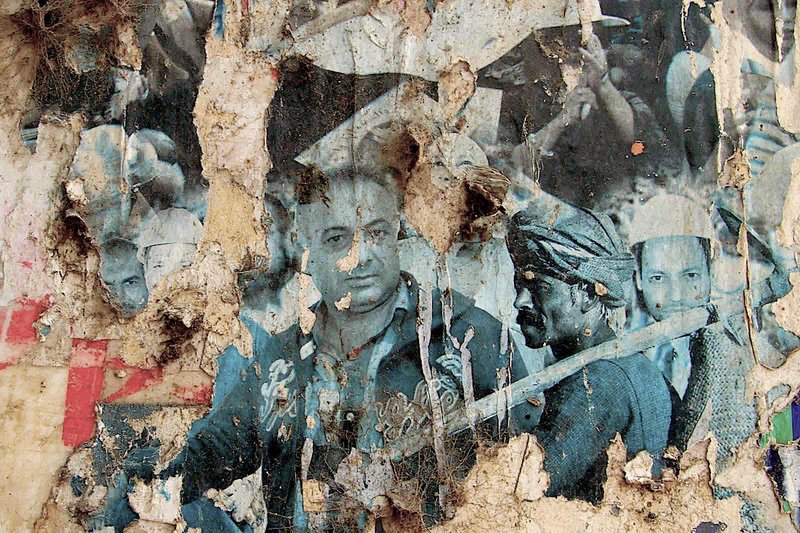At Open Democracy, Nura Adam writes about an increasingly common way to express political dissent in Egypt, where open criticism of the government is dangerous and surveillance widespread: the defacing of political campaign posters in public space. As Adam writes, people from all walks of life engage in this practice, and it often leaves hauntingly beautiful collage-like images in its wake. Here’s an excerpt from the piece:
Over the course of the past four years the state initiated an aggressive crackdown on the subversive use of public space, which has pushed back politically charged visual culture and the display of direct political affect back to the margins of obliteration. Instead, the landmarks of the revolution (or what remains of it) forcefully migrated from the street to the private sphere or to the virtual arena, where trending online sarcasm and memes ridiculing Sisi effectively utilize the grey zone of humour to trigger a seemingly innocent yet critical debate. While modes of deploying critical thought through image persist in film, photography, and social media, many of those visual counter-cultures appear to have lost their affective, iterative and physical immediacy. Instead, much of recent art and image production has undergone an internal migration.
Instead the torn-down posters still retain characteristics of embodied action, reminiscent of a visual counter-culture now barely recognizable in the streets of Cairo. They are ephemeral, mundane, saturated with sentiment, and ever changing, like many of the wall paintings produced in Tahrir in 2011 and 2012.
Image via Open Democracy.
